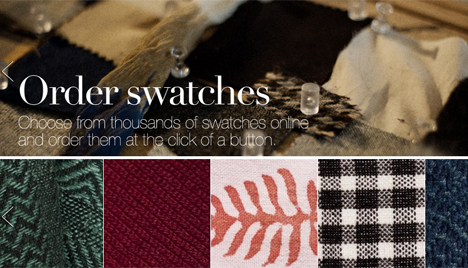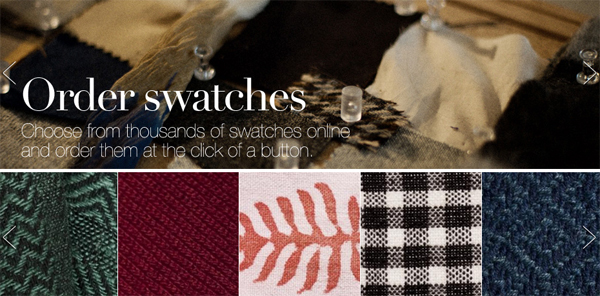
Factoring cost into design is unavoidable. This has been especially tricky for the fashion industry and its dependence on textiles. In the past six months, the price of cotton has been noticeably on the rise, making fabric choice a tough task. With cotton hitting an all time high this year,due to crop shortages and high demand, the textile and fashion industry are giving much-needed consideration to alternative materials.

As designers, it is important to start thinking about how to implement new fabrics into your designs so we have put together a little list of possible cotton alternatives.
Hemp: Hemp is a surprisingly versatile fabric, both strong and breathable. It can take any form from superfine lace to heavyweight industrial canvas. It also has a wide natural color range, including white, brown, grey, green and black. Its crops need far less water and pesticides than cotton, making it not only cheaper, but also more ecologically sound. Despite being non-psychoactive, hemp is currently not legal in the U.S. and must be imported. Still, both independent labels and larger, more well known designers have recently been incorporating hemp into their designs.
Rayon: In the past year, rayon could be spotted anywhere from Ralph Lauren to the Gap. Modal (a fiber processed from beech trees) has been especially popular; it is smoother and softer than cotton, and drapes beautifully. Lyocell, better known by its trademarked name Tencel, is another wood-based fabric. Once described by a fellow weaver as “poor-man’s silk,” it does in fact have the sheen and smoothness of its more expensive counterpart. Though the way Tencel is manufactured currently nudges its price slightly above cotton’s, it is eco-friendly, and the fabric itself is biodegradable.
Flax: Perhaps the best-known alternative is the flax plant; its fibers are used to make linen. It is stronger and stiffer than cotton, although processing and the way it is spun can soften it up, as can simply washing and wearing it.
Linen’s natural colors include ivory, tan and grey; it must be bleached to get a pure white. Since it does not insulate, linen is cooler to the touch than cotton, making it a great fabric for summer garments.
It is also lint-free and does not pill! Like hemp, linen needs less water and pesticides to grow.
Though rising costs have made the use of cotton more difficult, designers have a wide range of other options available to them. To learn more about using alternative textiles in your designs, check out the book Fabric For Fashion: A Comprehensive Guide to Natural Fibers . It’s a great, easy-to-follow reference written specifically for fashion designers!
If you’re interested in working with some of these fibers, check Source4Style and OffSet Warehouse, two great textile sourcing sites.
